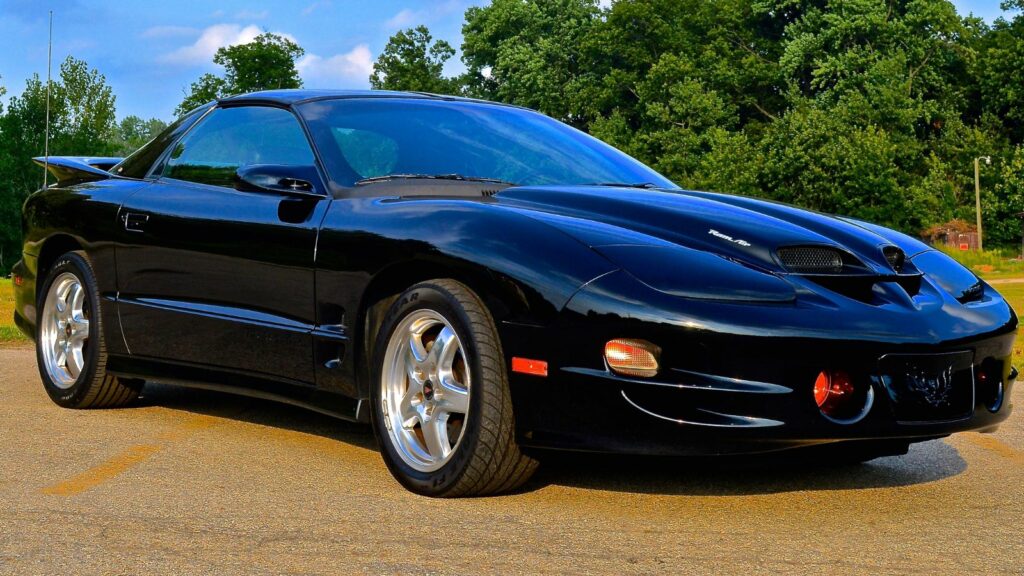The early 2000s were a curious era for muscle cars. Rising gas prices and stricter emissions standards made some people think the glory days of raw American horsepower were fading fast. But the automakers had other ideas. Instead of letting the muscle car legend die, they adapted it, blending brute force with modern engineering. The result was a lineup of cars that brought nostalgia and new performance to the table. Here are ten from the naughties that earned their respect the hard way.
Ford Mustang Mach 1 (2003–2004)
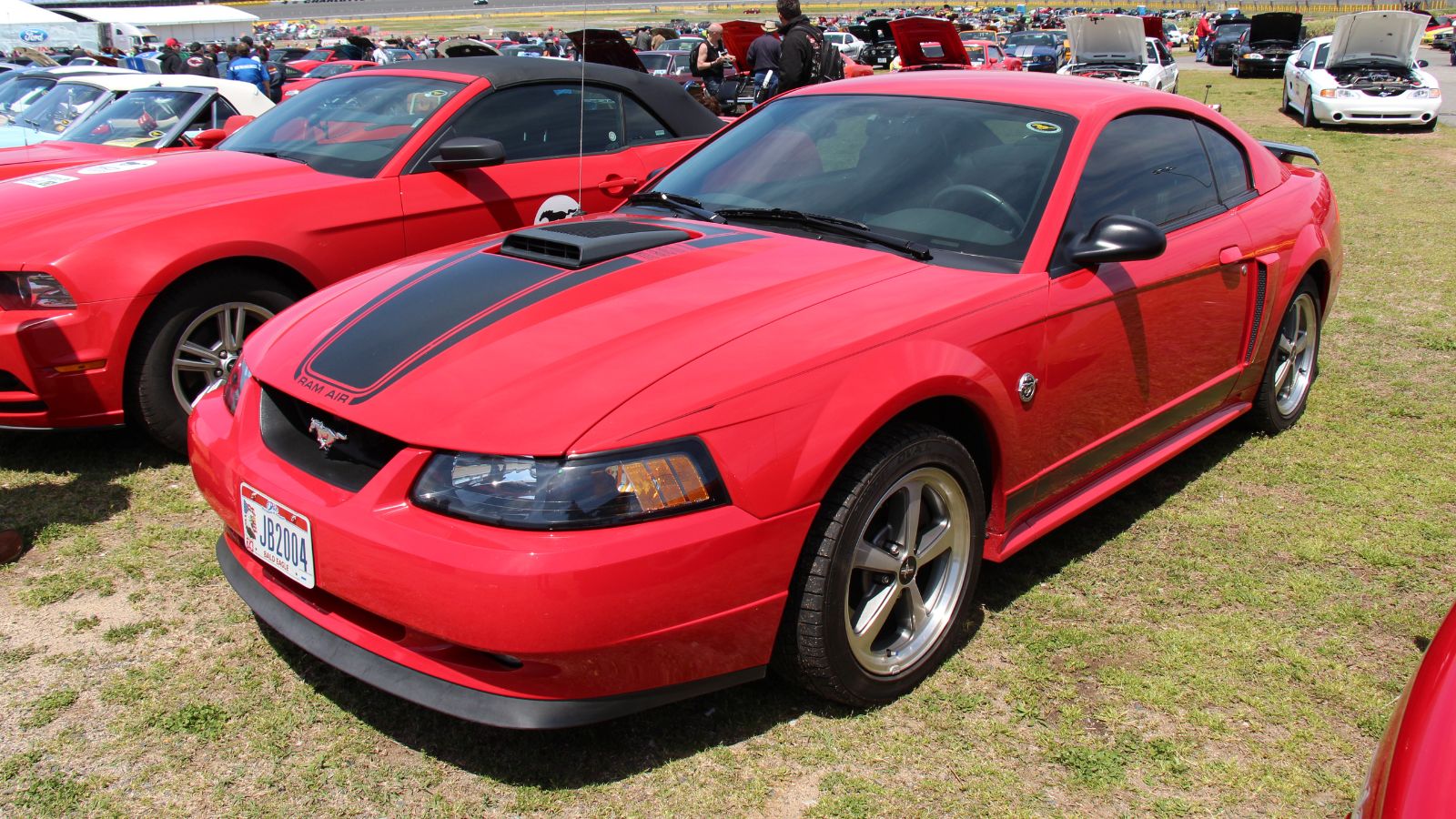
When Ford resurrected the Mach 1 name, they weren’t messing around. The 4.6-liter DOHC V8 put out 305 horsepower, but the appeal went beyond numbers. The shaker hood was fully functional, feeding air directly into the intake, while the suspension setup borrowed parts from the Bullitt and Cobra models. On the road, it felt more planted than the standard GT, with sharper steering and a growl that reminded everyone this was a true performance Mustang. For fans who thought Ford had lost touch with its muscle heritage, the Mach 1 delivered both nostalgia and modern capability.
Chevrolet Camaro SS (2002)
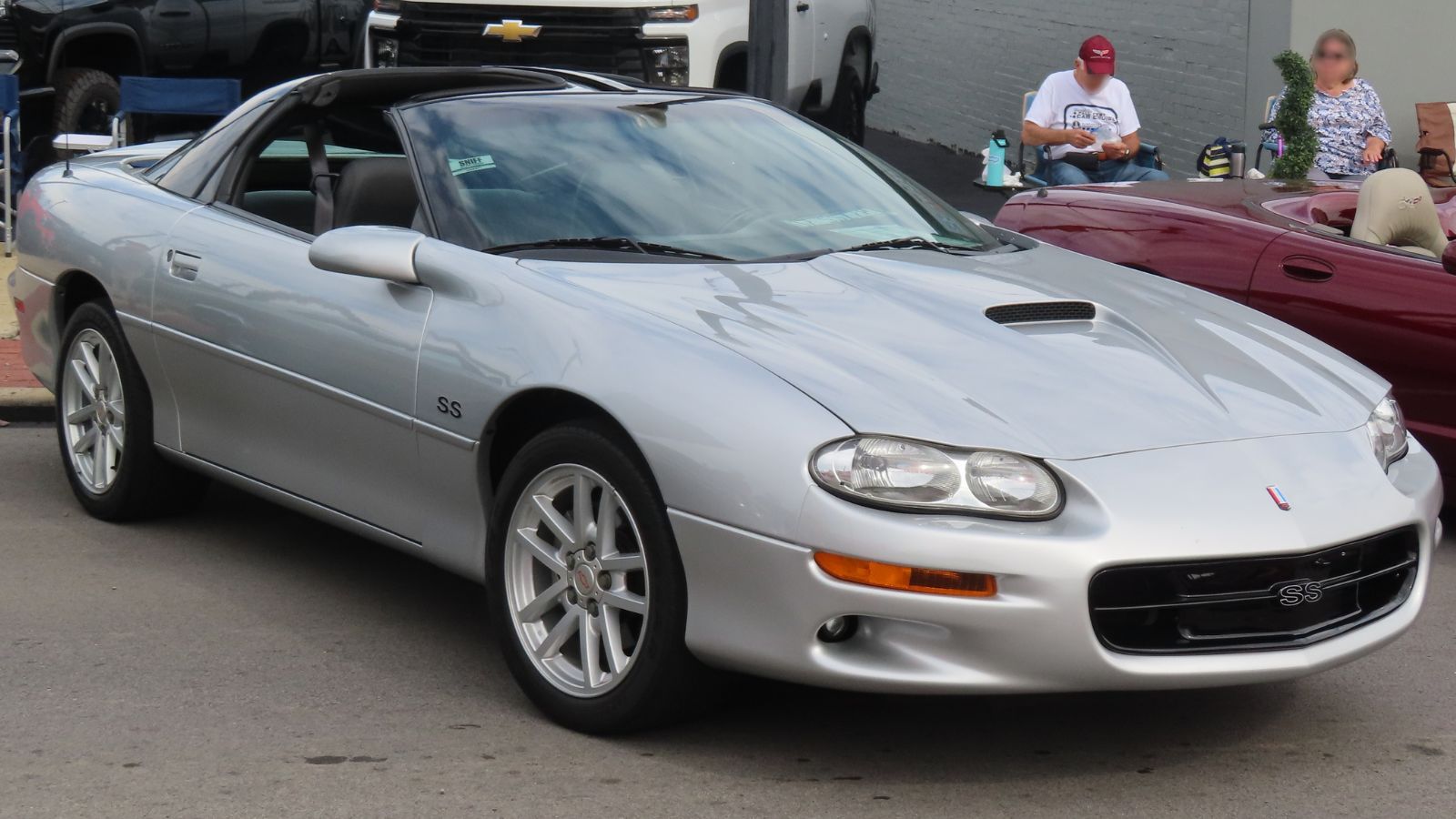
The 2002 Camaro SS was the swan song for the fourth generation, and Chevrolet made sure it bowed out with dignity. Powered by the 5.7-liter LS1 V8, it pushed 325 horsepower, giving it Corvette-level performance in a more accessible package. Zero to sixty in the mid-five-second range was plenty fast for the time. Its looks were polarizing, but behind the wheel, there was no questioning its intent. This was a car that reminded everyone why Chevy’s pony car had been a rival to the Mustang for decades. Even though the Camaro disappeared for a few years afterward, the SS left behind a legacy of raw speed and unapologetic attitude.
Pontiac GTO (2004–2006)
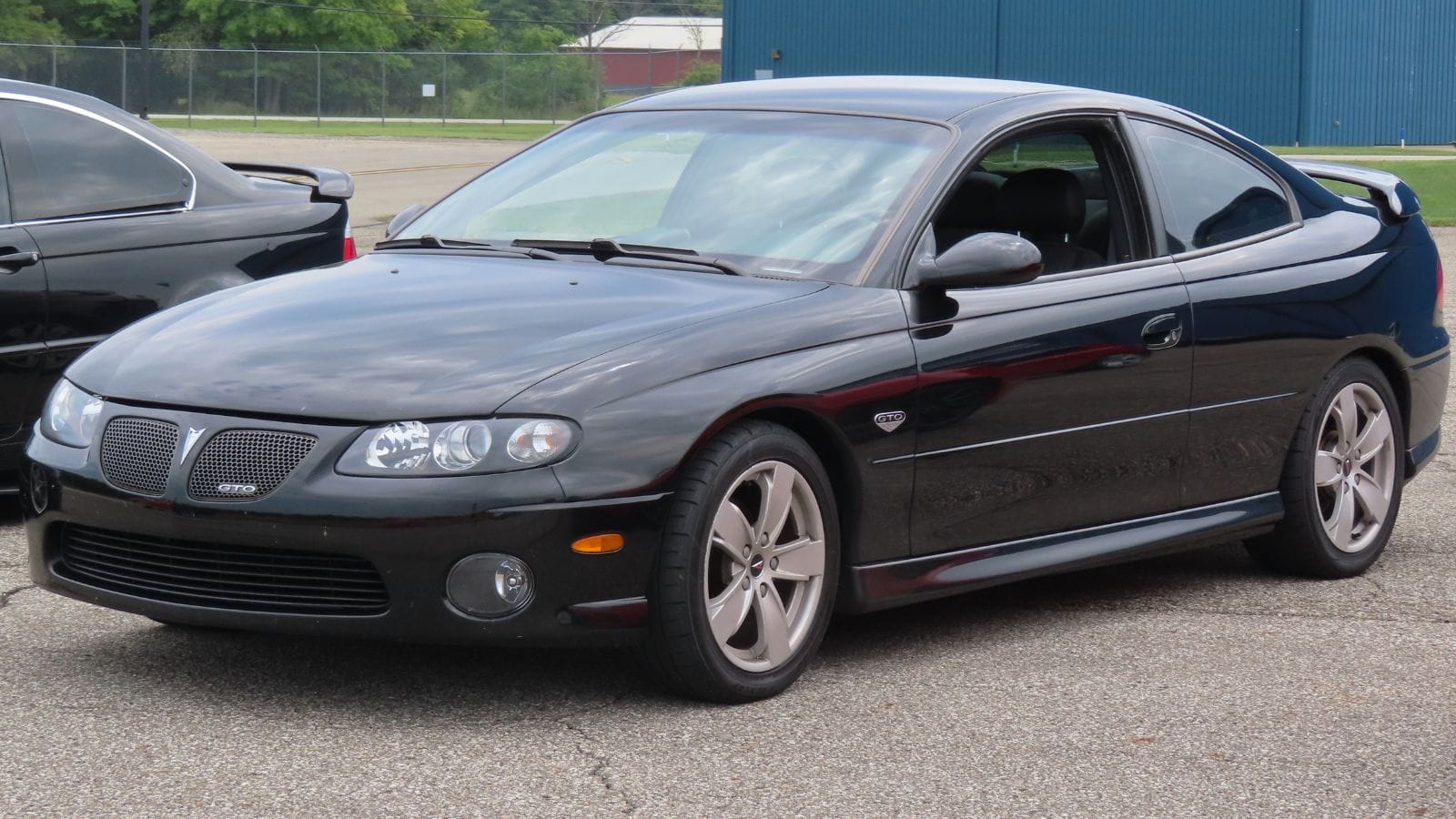
The return of the GTO came from halfway around the world. Essentially a rebadged Holden Monaro, it was criticized for lacking the retro style enthusiasts expected. But under the skin was GM’s finest V8 hardware. Early models carried the LS1 with 350 horsepower, and later versions brought the LS2 with 400 horsepower. Performance was strong, with effortless acceleration and impressive handling for a car of its size. The interior was well-equipped, offering a level of comfort muscle cars had often ignored. While it never recaptured the cultural fire of the original, the GTO deserves credit for bringing back true muscle performance when many thought it was gone.
Dodge Charger SRT8 (2006–2010)
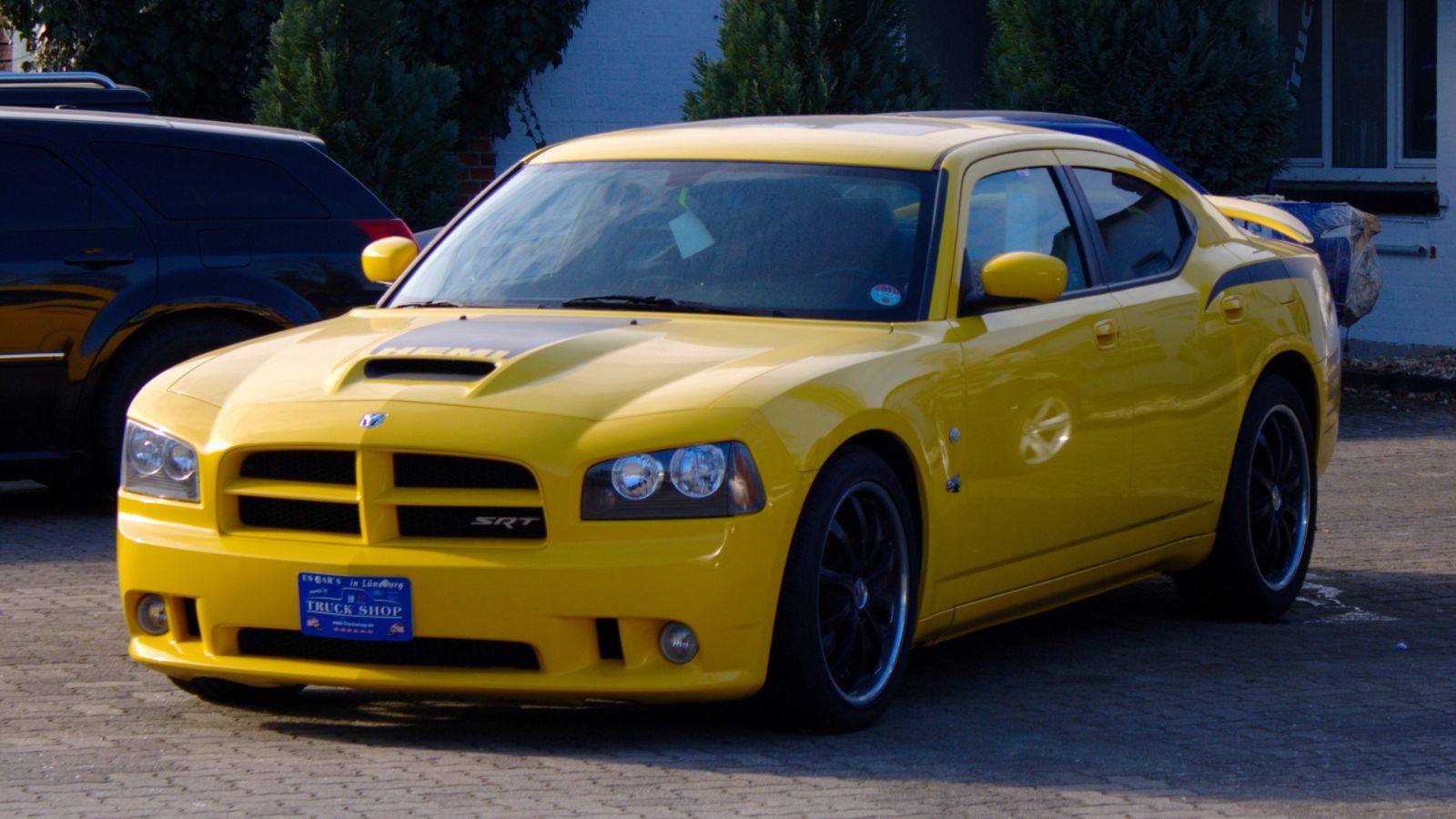
When Dodge relaunched the Charger, enthusiasts howled because it had four doors. But the SRT8 silenced critics with sheer power. Its 6.1-liter HEMI V8 unleashed 425 horsepower, allowing it to rocket down drag strips while carrying four adults in comfort. The Charger blurred the lines between muscle car and sports sedan, becoming a favorite of both speed junkies and police fleets. The squared-off styling gave it menacing street presence, and the interior was practical enough for everyday use. In hindsight, the four-door setup gave Dodge the volume sales it needed to keep building muscle machines, making the SRT8 a pivotal part of the brand’s comeback.
Ford Mustang SVT Cobra Terminator (2003–2004)
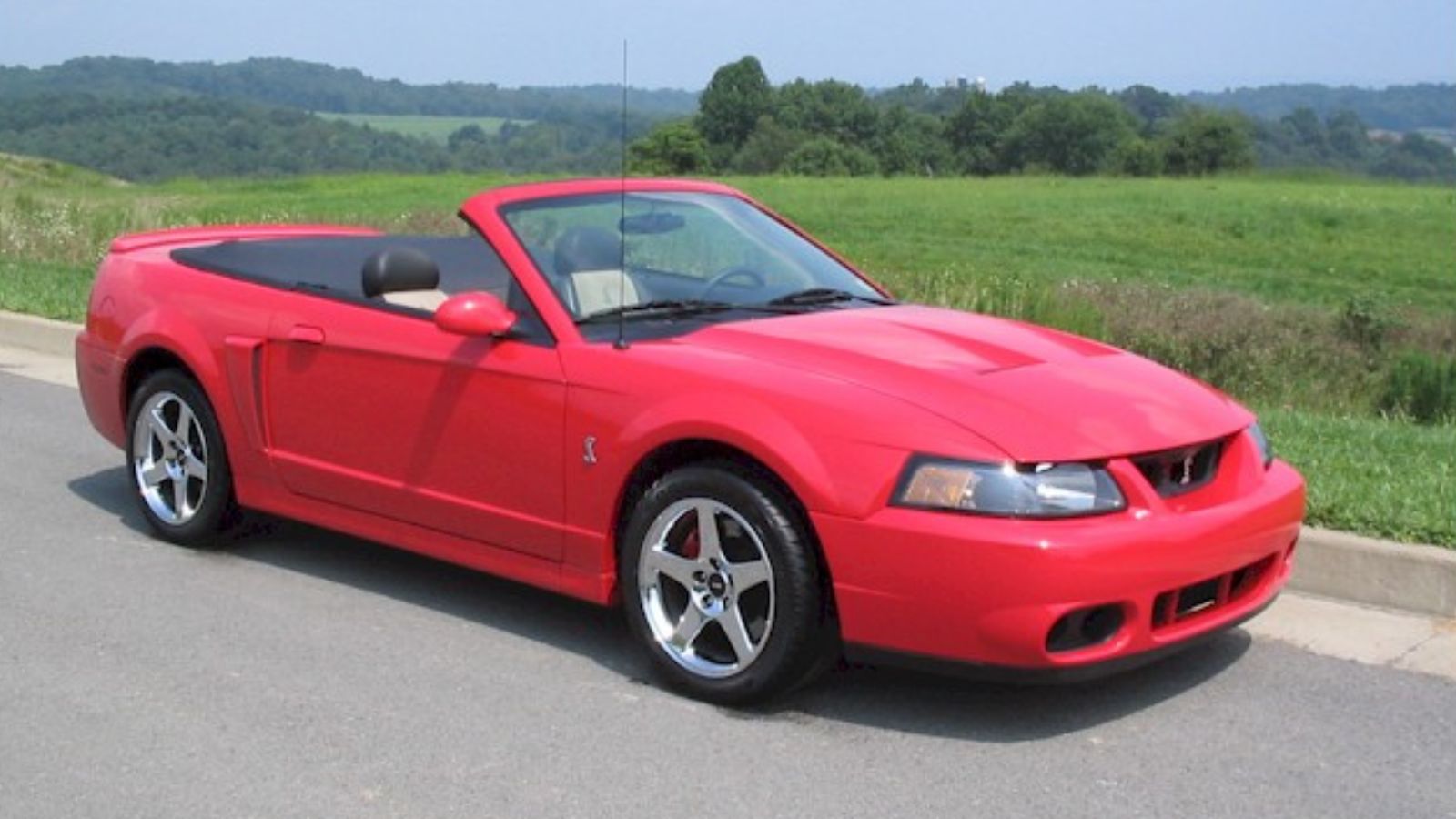
Few modern Mustangs inspire the same reverence as the Terminator Cobra. Ford’s SVT team fitted a 4.6-liter supercharged V8 pumping out 390 horsepower, but in reality, most dynos showed it was underrated. Tuners quickly discovered the engine could handle huge power gains, making it a favorite for drag racing builds. Straight out of the factory, it came with beefed-up driveline components and an aggressive stance that set it apart. On the road, the instant surge of torque from the Eaton blower made it feel like a completely different animal from the GT. Even today, the Terminator is spoken of in hushed tones by Mustang fans, a true legend of the naughties.
Chrysler 300C SRT8 (2005–2010)
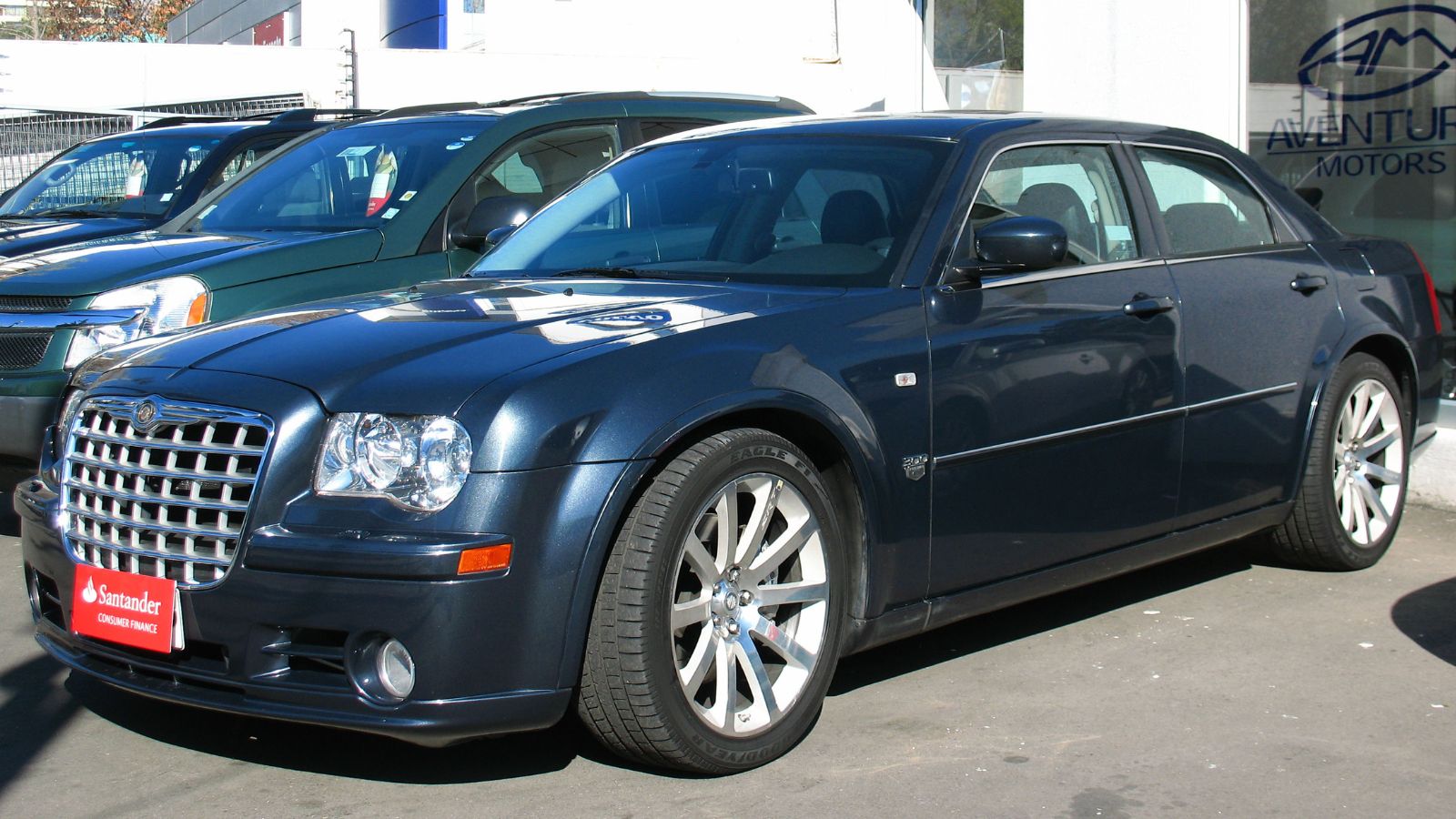
At first glance, the Chrysler 300C looked more like a gangster’s limousine than a muscle car. But the SRT8 treatment transformed it into something special. With the 6.1-liter HEMI under the hood, it delivered 425 horsepower and a deep exhaust note that turned heads everywhere. It had the presence of a classic muscle car, with squared-off lines and a low, aggressive stance. Inside, it offered comfort and luxury, making it a perfect balance of brute force and refinement. The 300C SRT8 proved muscle could wear a tailored suit and still pack a punch. It was different, but undeniably deserving of respect.
Pontiac Firebird Trans Am WS6 (2002)
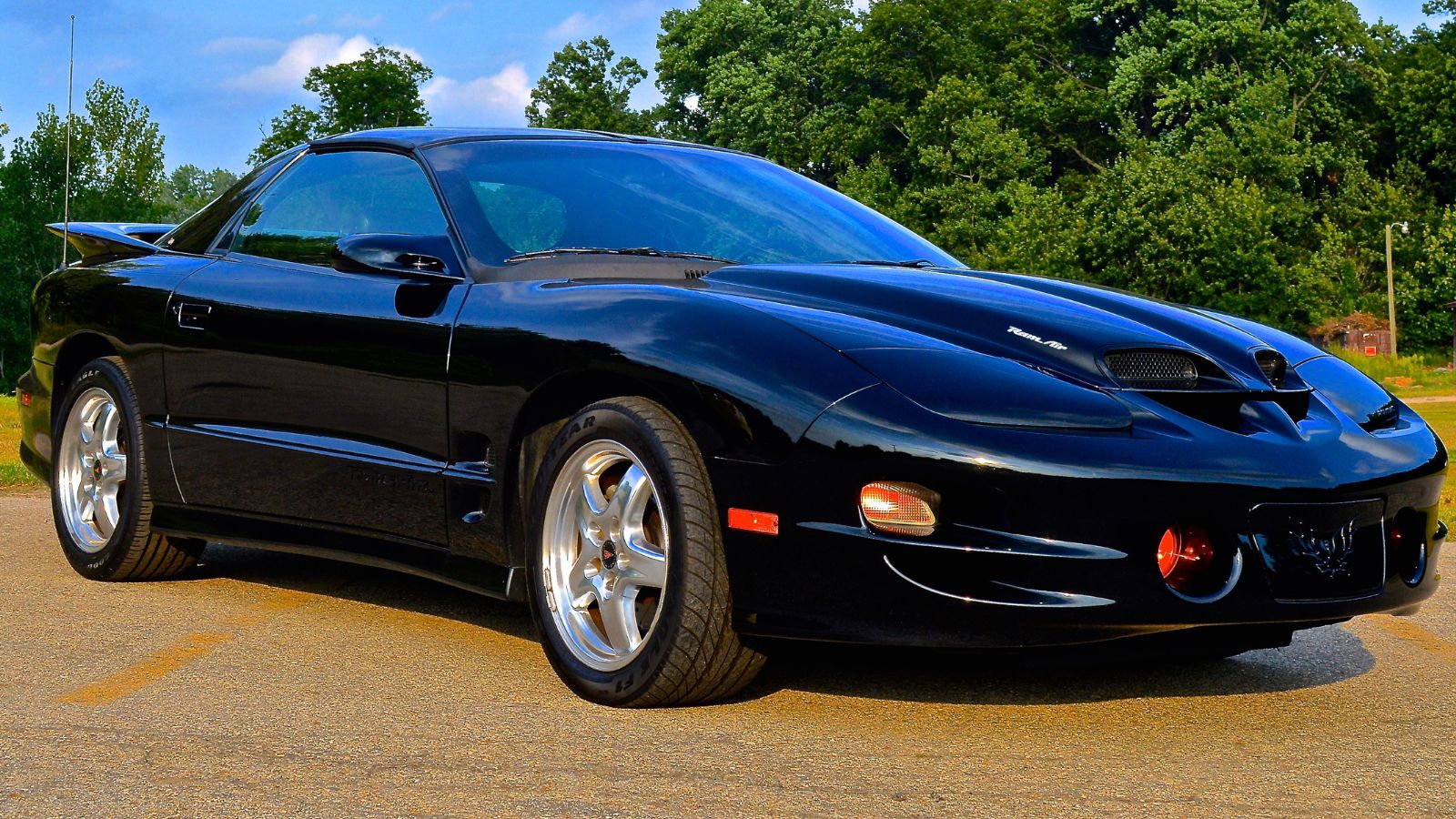
The Firebird’s final act came in 2002, and the WS6 package made sure it went out with a roar. The LS1 V8 delivered 325 horsepower, and the ram air hood wasn’t just for show. The suspension upgrades made it sharper than the base Trans Am, and its styling was as bold as muscle cars get. With its muscular stance, flared rear fenders, and pop-up headlights, the WS6 looked like nothing else on the road. It was dramatic, loud, and fast — everything a proper Firebird should be. For Pontiac fans, the WS6 was a glorious farewell to a nameplate that had carried the muscle torch since the 1960s.
Dodge Magnum SRT8 (2005–2008)

A muscle wagon might sound like a contradiction, but the Dodge Magnum SRT8 proved it could work. Using the same 6.1-liter HEMI as the Charger and 300C, it packed 425 horsepower into a practical, long-roof body. The Magnum could blitz the quarter mile while swallowing luggage for a family road trip. Its unique shape turned heads, and its absurdity made it endearing. Few wagons before or since have carried the muscle car spirit as unapologetically. While it was short-lived, the Magnum SRT8 remains a cult favorite for enthusiasts who want their horsepower with a side of utility.
Chevrolet Monte Carlo SS (2006–2007)
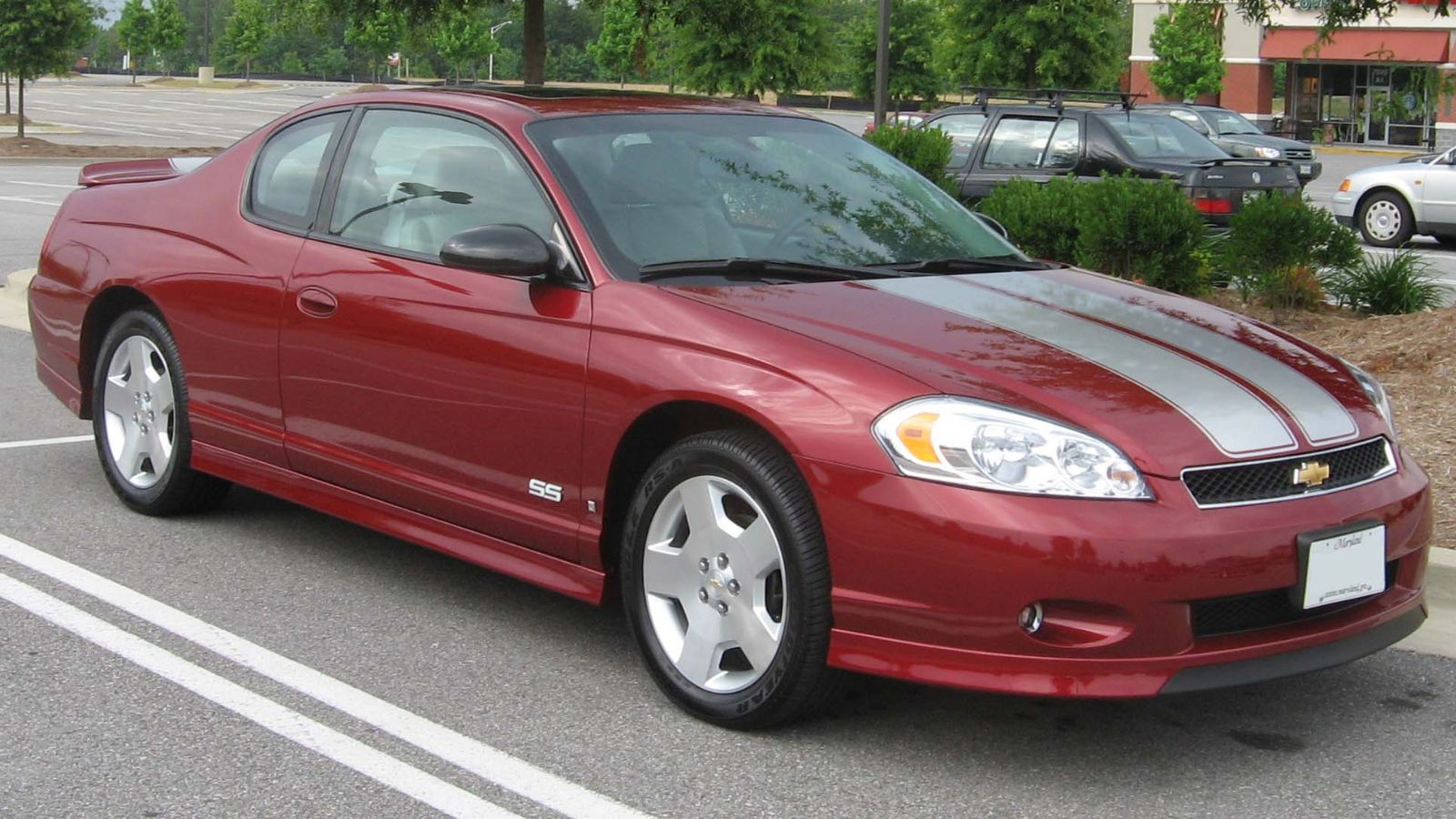
The Monte Carlo was nearing the end of its life, but the SS version still had one last trick up its sleeve. Powered by a 5.3-liter V8 making 303 horsepower, it delivered front-drive muscle in a world dominated by rear-wheel-drive rivals. It wasn’t the sharpest handling car, but it carried the NASCAR-inspired styling and badge heritage that fans loved. For many buyers, it was a throwback to when the Monte Carlo was a track hero, and while it wasn’t perfect, it kept the flame alive for a beloved nameplate. The SS deserves respect for being the last of its kind.
Cadillac CTS-V (2004–2007)
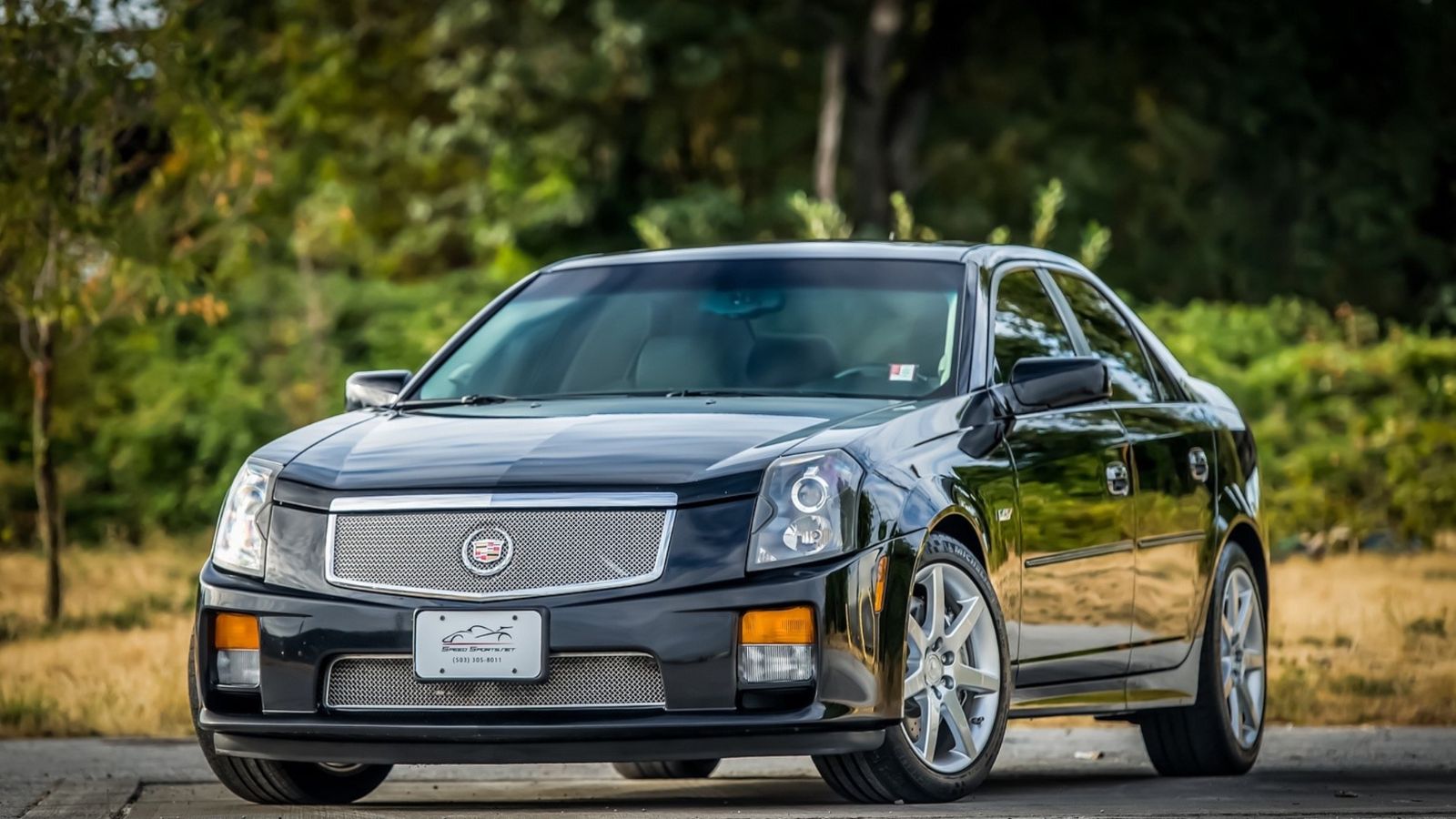
Cadillac shocked the world when it introduced the CTS-V. This wasn’t a soft luxury cruiser. Underneath the sharp-edged styling sat a Corvette-derived LS6 V8 making 400 horsepower, paired with a six-speed manual gearbox. It was Cadillac’s declaration that it could take on Europe’s best, and it did so with American swagger. The CTS-V was raw, sometimes unruly, but undeniably thrilling. It wasn’t just a luxury sedan, it was a muscle car in disguise. For Cadillac, it marked the beginning of a performance renaissance that continues today, and for enthusiasts, it proved that muscle could evolve without losing its soul.
25 Facts About Car Loans That Most Drivers Don’t Realize

Car loans are one of the most common ways people fund car purchases. Like any other kind of loan, car loans can have certain features that can be regarded as an advantage or a disadvantage to the borrower. Understanding all essential facts about car loans and how they work to ensure that you get the best deal for your financial situation is essential. Here are 25 shocking facts about car loans that most drivers don’t realize:
25 Facts About Car Loans That Most Drivers Don’t Realize
